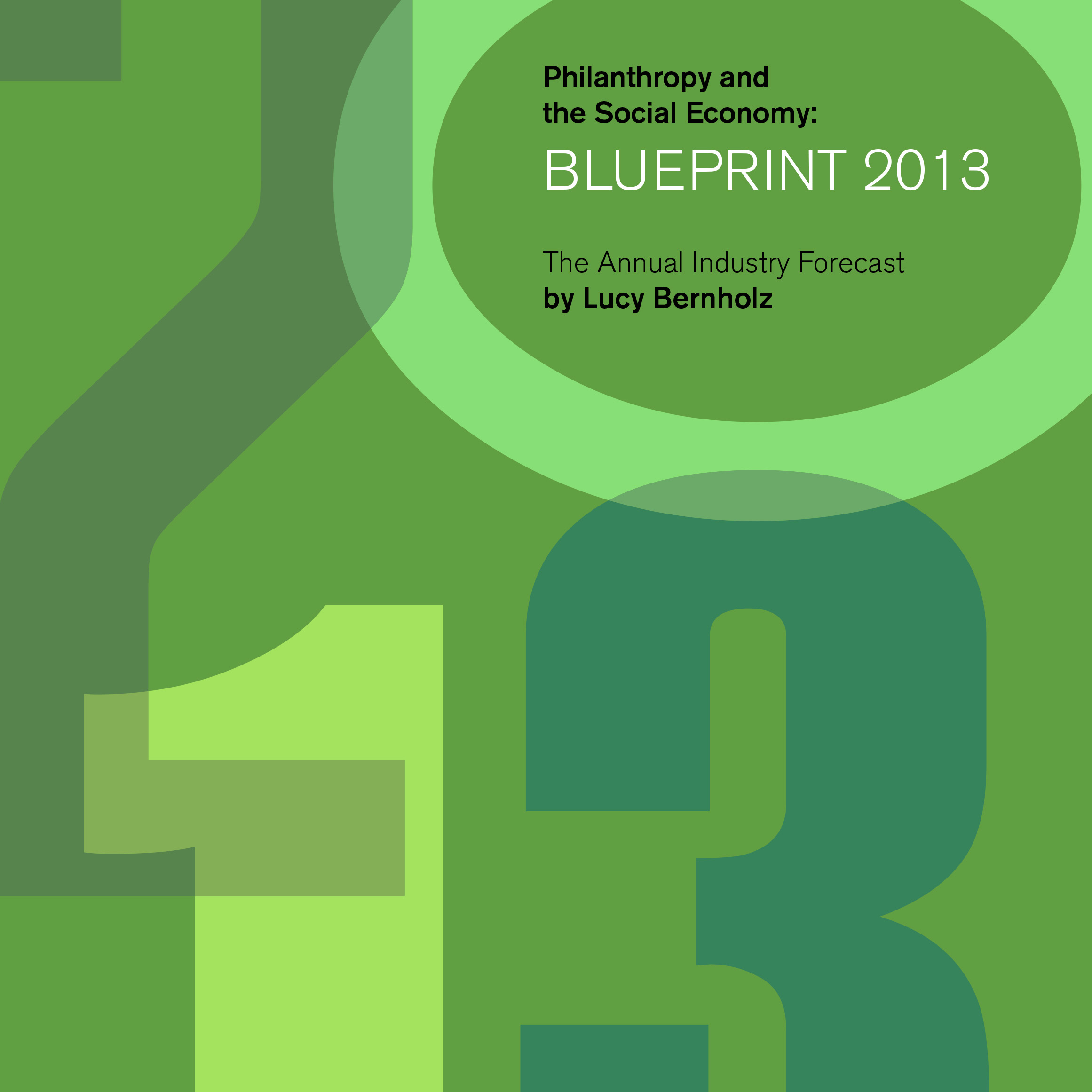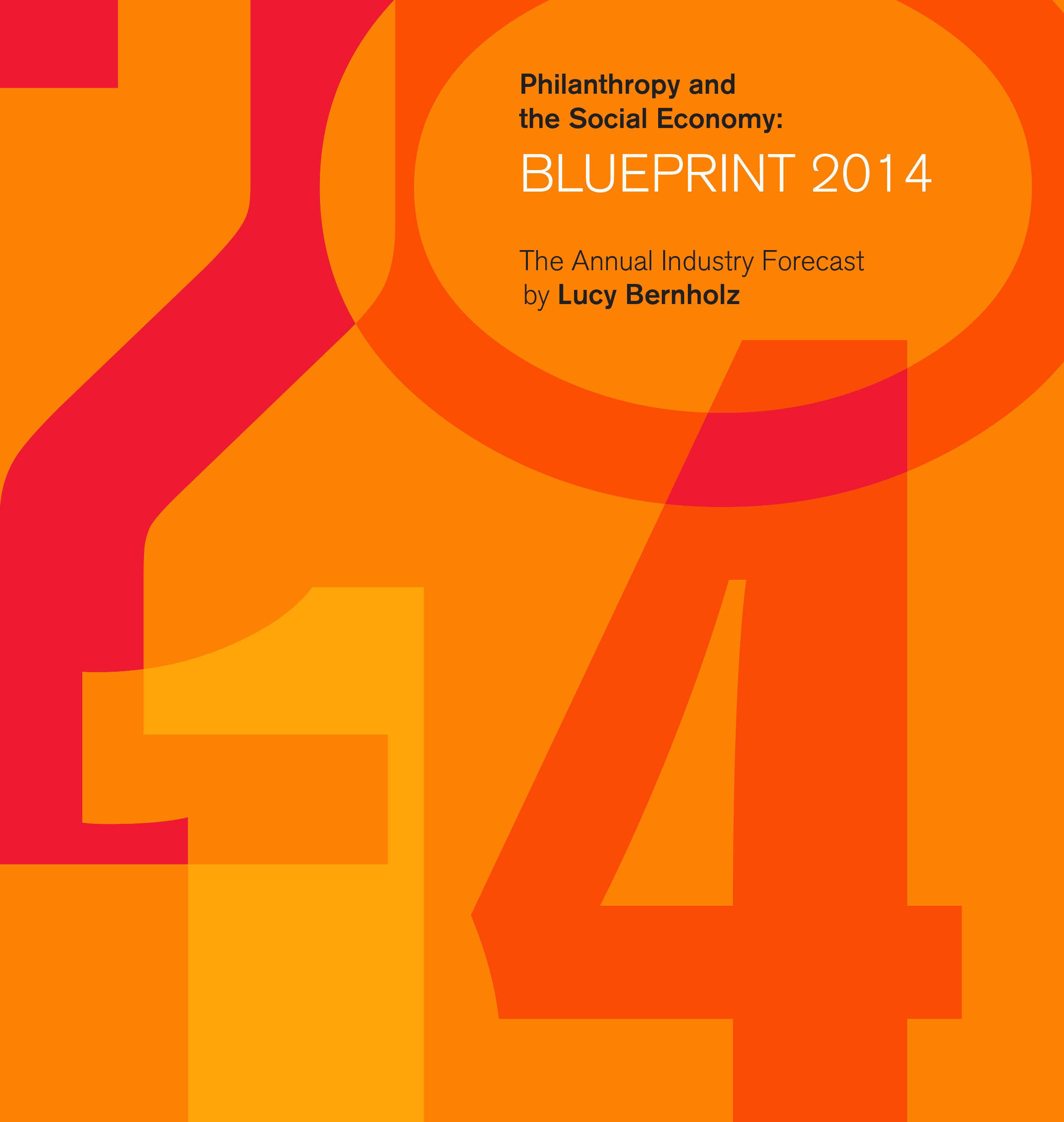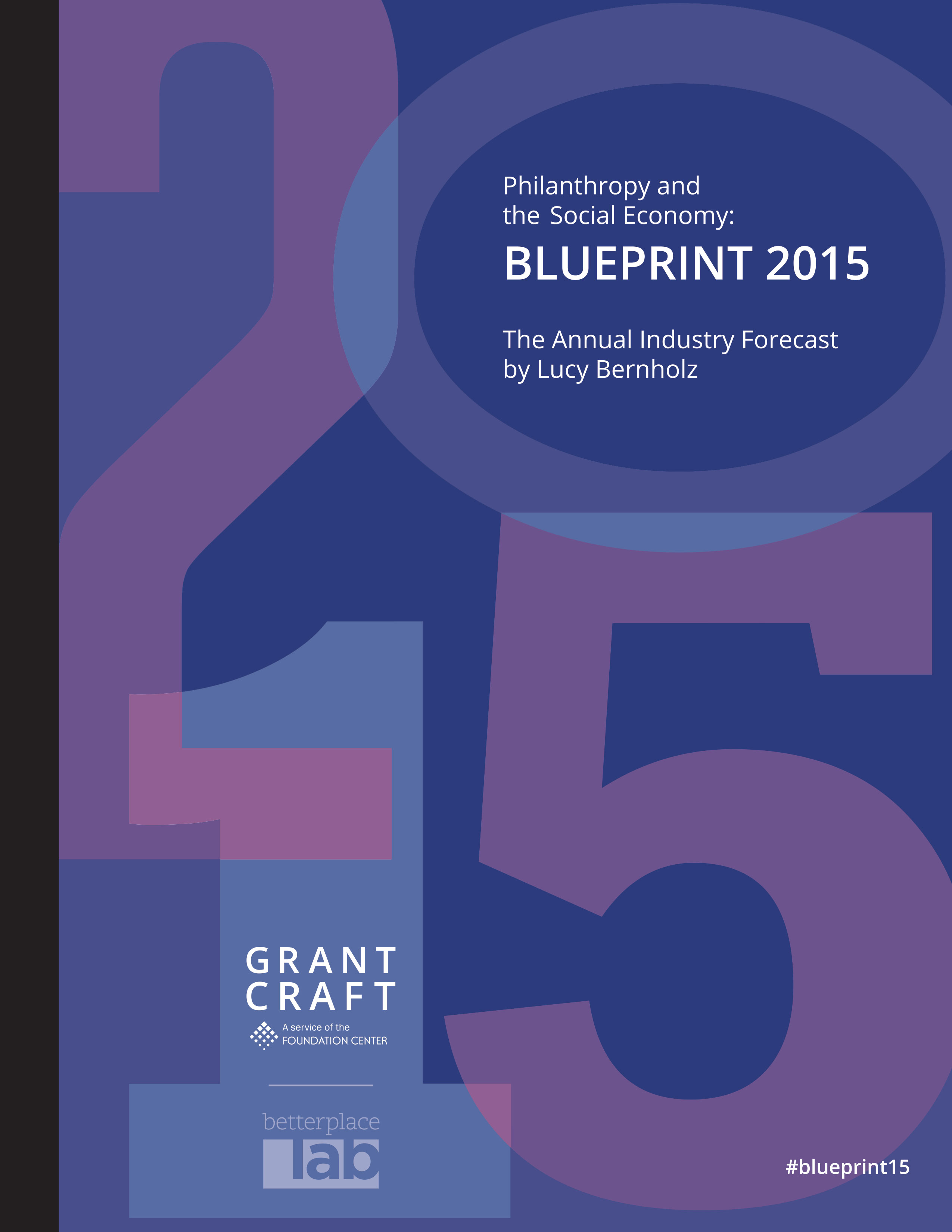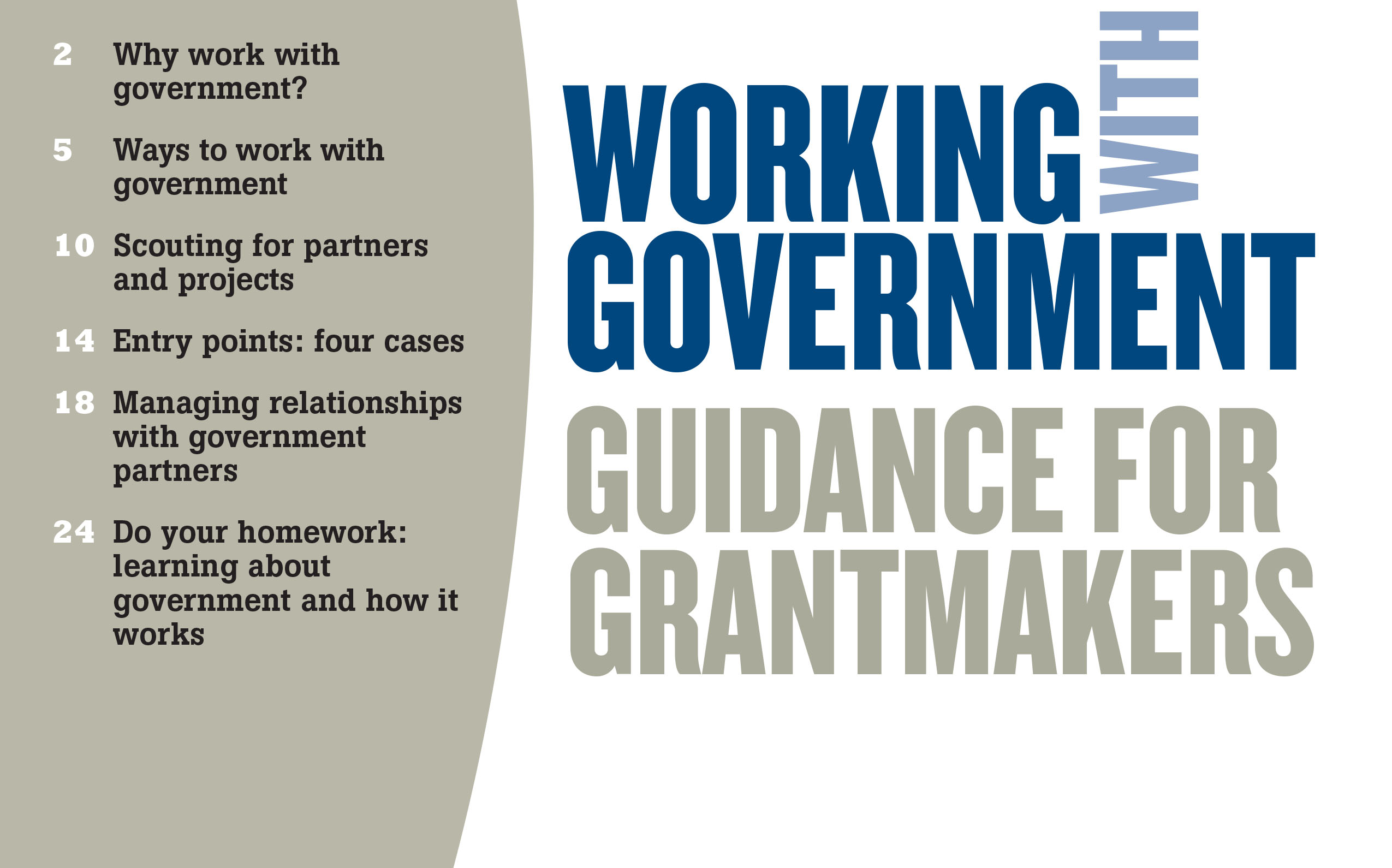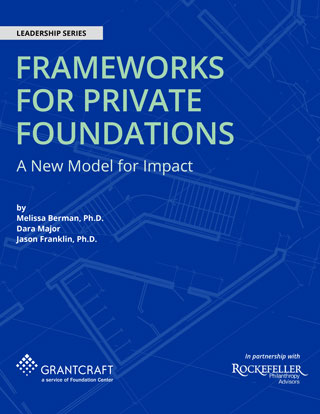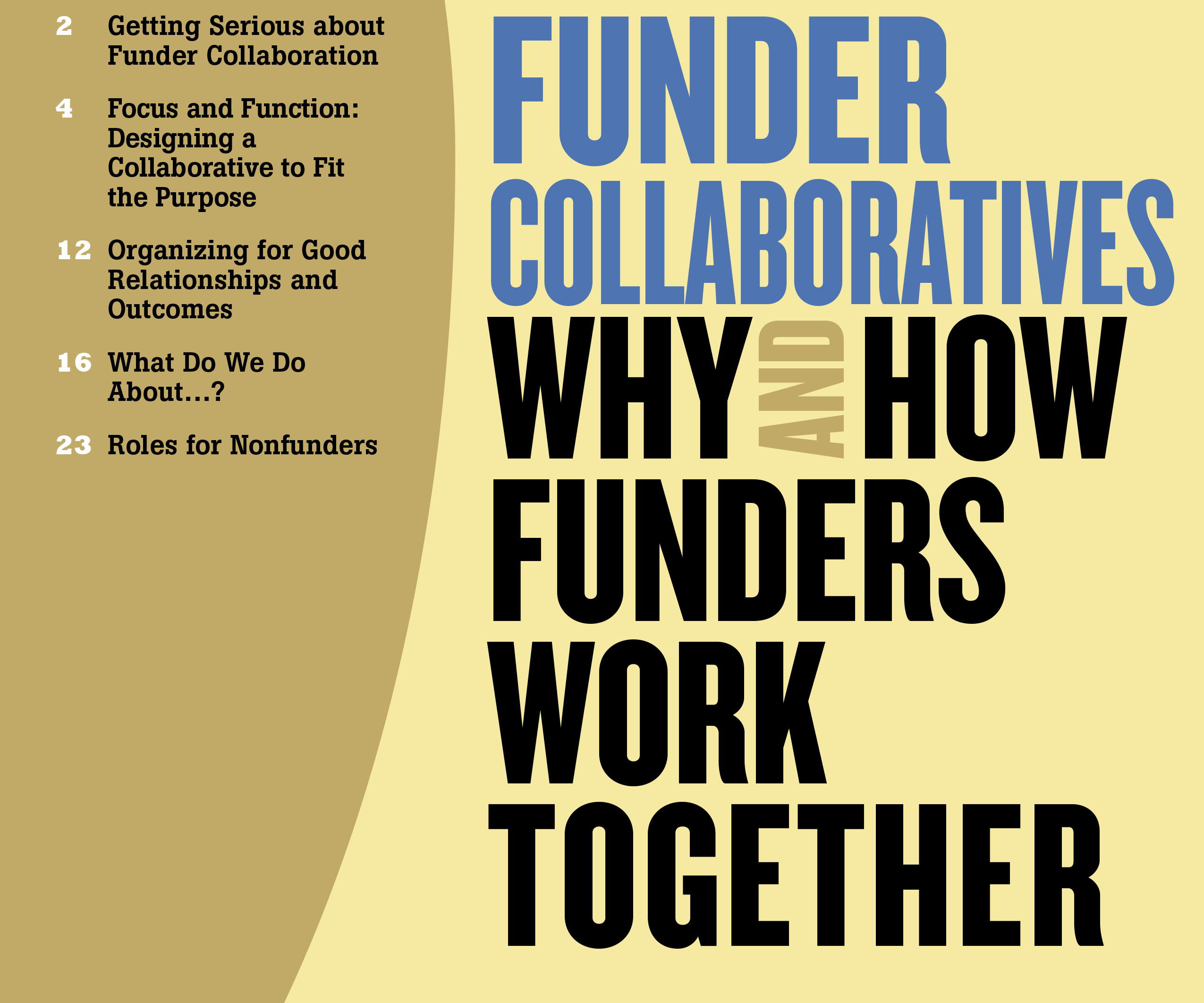Building Community Inside and Out With a Good Neighbor Committee
Many organizations — businesses, civic groups, foundations, or otherwise — might like to have a regular vehicle for supporting and participating in community activities in the neighborhoods where they operate. Forming a Good Neighbor Committee can help with that goal, and can do something more: provide a leadership opportunity for employees who are interested in the organization's relationship with its neighbors. Based on the Ford Foundation's Good Neighbor Committee this guide offers one model of how such committees can work and what they can accomplish.
Highlights
- Designing a program to meet internal and external goals
- Organizing your committee, and getting started
- Carrying on an effective program
What's in the Guide?
- Starting a Committee: Organizing the committee begins with deciding on its goals, who should be members, how long they will serve, who will facilitate and lead the group, and what its budget will be. This section offers ideas for how to start, and what issues may arise in the early stages.
- The Committee's First Steps: Once a Good Neighbor Committee is formed, its members will have a number of further issues to settle: What's the definition of the "neighborhood"? What kinds of activities might they support in the neighborhood, and how will they learn about its needs and the organizations they might fund? What duties will each member be expected to perform, and how will the committee organize its workload? Every committee answers these questions differently. This section offers some ideas and examples.
- Other Sources for Learning about Grantmaking
- A Sample Request for Proposals
- Frequently Asked Questions
- Other Ways to Use This Guide

Categories
Content type
Strategies
Issues
-
Link to Funder Collaboratives
Good Neighbor Committees Sample Criteria for Selecting Grantees
With the Ford Foundation’s committee, we concentrate on three main questions:
-
What does the applicant hope to accomplish through the proposed project or program?
-
What is the capacity of the applicant to carry out the proposed project?
-
What will the project or program accomplish?
-
-
Link to Funder Collaboratives
Using Requests for Proposals with Good Neighbor Committees
Using Request for Proposals (RFP). RFPs, as they’re often called, can come in many forms, from simple one-page information sheets to elaborate formal documents many pages long:
Read more -
Link to Funder Collaboratives
Good Neighbor Committee Get to Know the Community
Get to know the community:
Read more
There's much value in spending time in the community and encouraging members to get to know who’s doing what, what the needs are, and how your organization can help. That’s a continuing activity, well worth keeping up throughout the year. -
Link to Funder Collaboratives
How Much Time Does Serving on a Good Neighbor Committee Take?
Setting a regular meeting day and time will help people decide whether they can join, and plan their schedules accordingly. It also helps to estimate how much work will need to be done outside of the committee meeting — including time spent on subcommittees, if any.
Read more -
Link to Funder Collaboratives
Good Neighbor Committee’s First Steps
-
Create a Mission Statement.
-
Define the geographic area you want to serve. It may be necessary to spend a lot of time at first thinking about how to define a community that was large enough to be diverse in needs and services, and yet still anchored by our location — close enough so that committee visits could be done at lunch hours or while walking to or from work.
-
Decide whether to focus on certain topics. Will your Good Neighbor Committee make grants only in a specific field (e.g., youth development, education, the arts, etc.), or will you cast a more general net? For ideas on how to answer this question, look to your organization’s mission and what came up in the conversations around creating your committee. It helps to have subjects that committee members are passionate about.
-
-
Link to Funder Collaboratives
Starting a Good Neighbor Committee
Internal goals. Among the most common reasons for starting a Good Neighbor Committee (GNC) is a desire to build a stronger sense of community within your own institution. One grantmaker said: “...diverse not only in terms of race and gender, but also where people are within the organization.
Read more -
Link to Funder Collaboratives
Avoiding Infringement
How can you avoid having your Good Neighbor Committee activities infringe on or undermine the activities of other departments in your organization?
Read more -
Link to Funder Collaboratives
What is a Good Neighbor Committee (GNC)?
A team of employees who live or spend time in the community, interact with other residents and leaders, and help formulate and propose grants for local benefit. Good Neighbor Committees (GNCs for short) create an opportunity for more personal interaction between their host organization and other parts of the community...
Read more -
Link to Funder Collaboratives
Conducting a Meaningful Site Visit
A site visit can be one of the most important tools you use, as a grantmaker, in determining your ultimate funding decisions. For example, an in-person look at a potential grantee’s activities can complement a grantee’s written proposal and give you a clearer picture of their request. In fact, site visits can be one of the most interesting parts of the grantmaking process.
Read more
Many organizations — businesses, civic groups, foundations, or otherwise — might like to have a regular vehicle for supporting and participating in community activities in the neighborhoods where they operate. Forming a Good Neighbor Committee can help with that goal, and can do something more: provide a leadership opportunity for employees who are interested in the organization's relationship with its neighbors. Based on the Ford Foundation's Good Neighbor Committee this guide offers one model of how such committees can work and what they can accomplish.
Highlights
- Designing a program to meet internal and external goals
- Organizing your committee, and getting started
- Carrying on an effective program
What's in the Guide?
- Starting a Committee: Organizing the committee begins with deciding on its goals, who should be members, how long they will serve, who will facilitate and lead the group, and what its budget will be. This section offers ideas for how to start, and what issues may arise in the early stages.
- The Committee's First Steps: Once a Good Neighbor Committee is formed, its members will have a number of further issues to settle: What's the definition of the "neighborhood"? What kinds of activities might they support in the neighborhood, and how will they learn about its needs and the organizations they might fund? What duties will each member be expected to perform, and how will the committee organize its workload? Every committee answers these questions differently. This section offers some ideas and examples.
- Other Sources for Learning about Grantmaking
- A Sample Request for Proposals
- Frequently Asked Questions
- Other Ways to Use This Guide



